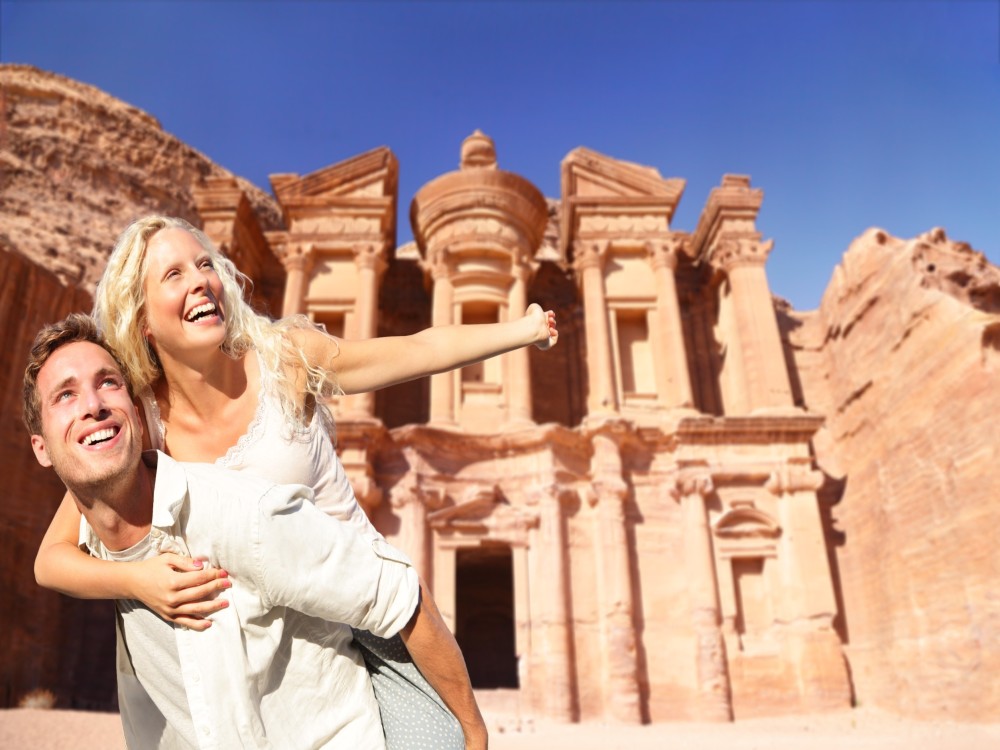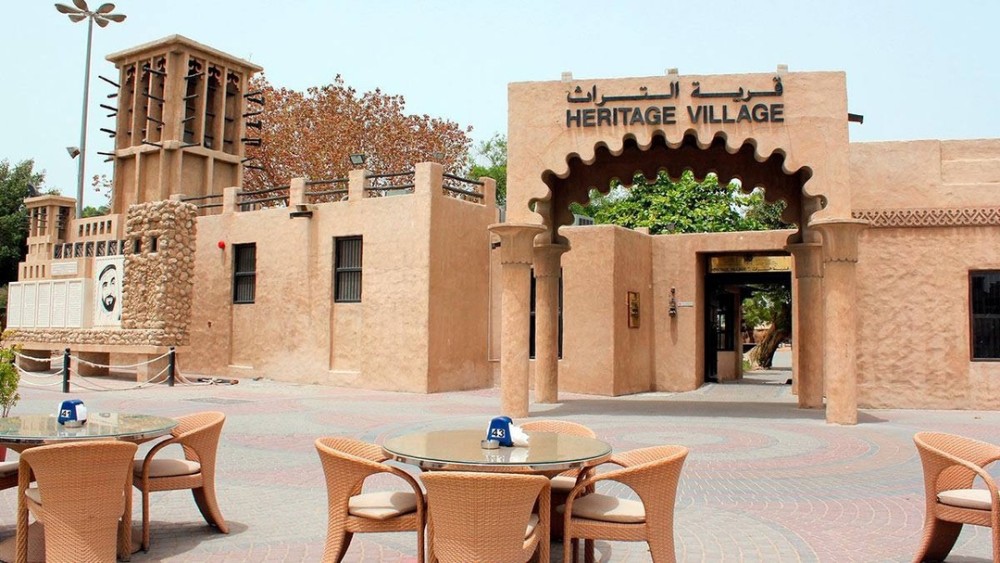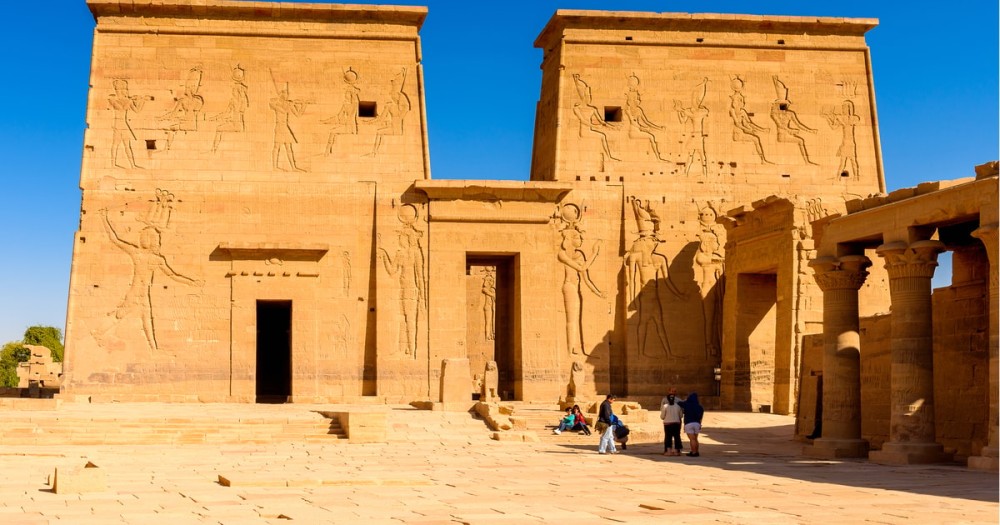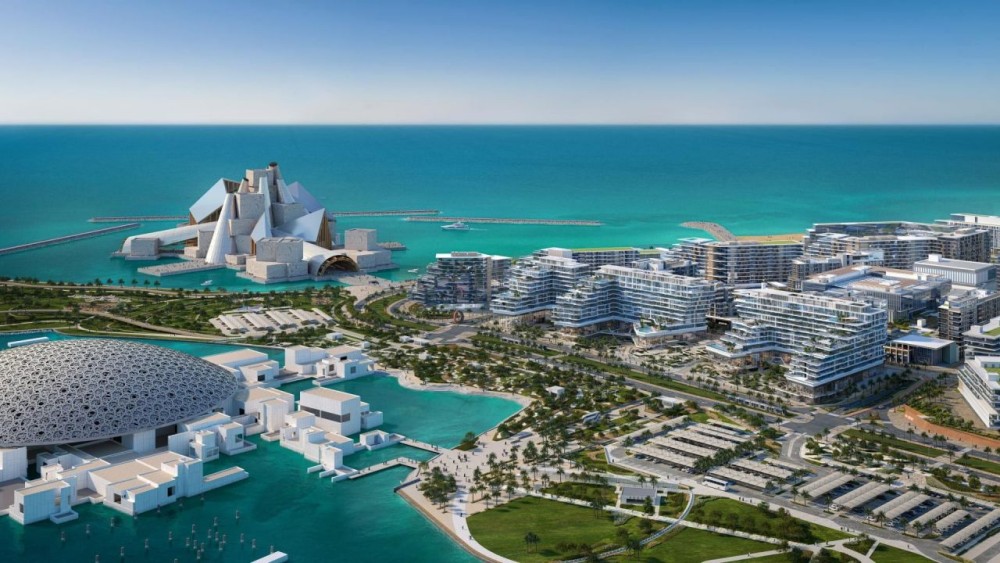- United Arab Emirates
- Things to do in Abu Dhabi
- A Guide to Visiting Abu Simbel: What You Need to Know
A Guide to Visiting Abu Simbel: What You Need to Know
Tucked away near the southern border of Egypt, Abu Simbel is one of the country’s most awe-inspiring ancient sites. These monumental temples, built by Ramses II over 3,000 years ago, showcase the grandeur of ancient Egyptian architecture and are a must-visit for history enthusiasts and casual travelers alike. Whether you’re drawn by the colossal statues, the fascinating history, or the engineering marvel of their relocation, planning your trip to Abu Simbel is crucial for a smooth and enjoyable visit. Here’s everything you need to know.


1. The Enchanting Nubian Villages
The Nubian villages, located along the Nile near Aswan, are a must-visit for those seeking an authentic cultural experience. Known for their brightly painted houses in hues of blue, yellow, and pink, these villages are as picturesque as they are welcoming. The Nubian people, with their rich traditions and warm hospitality, offer visitors a glimpse into a way of life that has been preserved for centuries. Take a stroll through the narrow streets, visit local markets, and try traditional Nubian

2. The Majestic Philae Temple
A short distance from Aswan lies the stunning Philae Temple, dedicated to the goddess Isis. Originally located on Philae Island, the temple was relocated to Agilkia Island during the 20th century as part of a UNESCO project to save it from the rising waters of the Aswan High Dam. Philae’s intricate carvings and serene setting make it a highlight of any trip to Nubia. Don’t miss the evening sound and light show, which brings the temple’s history to life in a dramatic and unforgettable way. To

3. The Tranquility of Lake Nasser
Lake Nasser, one of the largest man-made lakes in the world, offers a peaceful escape from the bustling tourist sites. Stretching over 500 kilometers, the lake is home to abundant wildlife and secluded islands. It’s an ideal destination for nature lovers and those seeking tranquility. Consider taking a cruise on Lake Nasser to explore its beauty. Many cruises include stops at historical sites like Kalabsha Temple and the Temple of Amada, providing a blend of relaxation and exploration. Fishin
1.jpeg)
4. Embracing Nubia’s Unique Heritage
Nubia’s rich history is interwoven with ancient Egypt, yet it retains a distinct cultural identity. The region has its own language, music, and art, all of which reflect its deep connection to the Nile and the surrounding desert landscape. Visiting Nubia is not just about seeing its sites; it’s about experiencing a vibrant culture that has endured for millennia. Be sure to explore local crafts, such as handwoven baskets and jewelry, which make excellent souvenirs. Attend a Nubian music perfor
You may also like these
Copyright © 2025 All Rights Reserved


